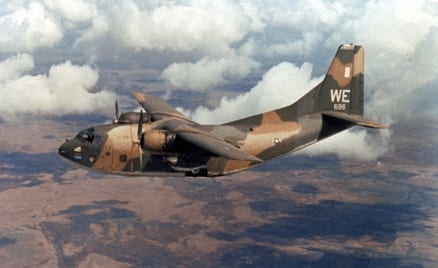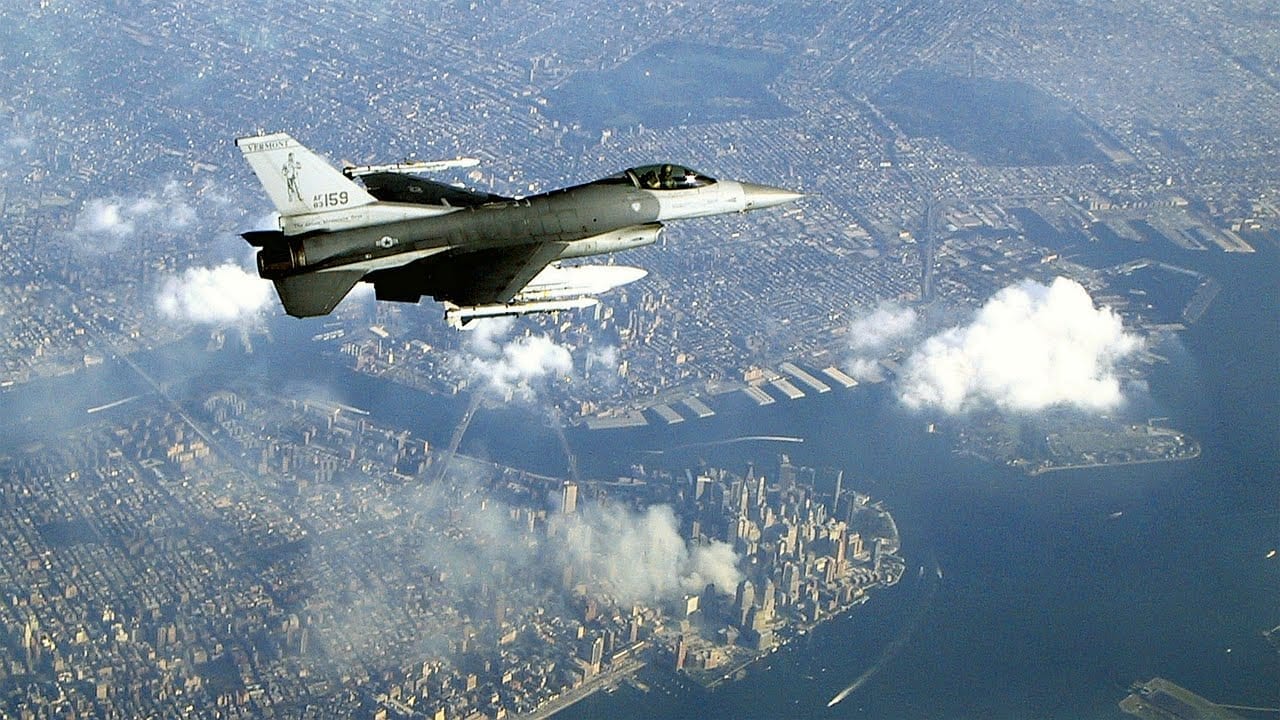
Friday Photo: Mount St. Helens
Friday PhotoIt's been over 35 years since its last major eruption, but Mount St. Helens is still churning beneath the surface. You wouldn't know it from this peaceful Friday Photo, though. Joe Moilanen was flying a Cessna 170 past the northeast side of the snowy peak when this photo was taken.

Asleep at the controls
I was thereWho hasn’t wanted to be that “go to” person with our fellow pilots? I’ll bet more of us want to be the one helping than want to be the one asking for help. That’s normal but pilots, copilots, instructors, and yes, students too, have to know when the situation demands real honesty and humility instead of, “Sure, no problem.”

Caught in a thunderstorm
I Can't Believe I Did ThatI have several cardinal rules of flying: Don’t fly in freezing clouds, don’t fly IFR in the mountains, don’t fly with less than one hour of usable fuel in the tanks, and don’t fly in thunderstorms. I have been conscientious about following these rules in my years of flying. Until one day over Pennsylvania.

Shooting an ADF approach – with no ADF
I was thereAfter liftoff, and initial climb out, everything was still performing as expected. We entered the clouds about the time of gear retraction. As soon as the gear was up, the number one engine started surging and the number two engine started backfiring. I briefed that we would continue straight ahead to the ADF and return for landing. I looked down at the ADF indicator and it was rotating continuously.

Friday Photo: Three photos from an airline career
Friday PhotoA special Friday Photo this week, as longtime contributor Tony Vallillo shares three of his favorite shots from his 31 years as an airline pilot. The list includes a beautiful picture of New York, an Airbus A340 from underneath, and a Boeing 767 in loose formation over the North Atlantic.

Seven things you should probably know before flying IFR in Canada
TechniqueThe US and Canada have harmonized a lot of the airspace rules and procedures to ensure seamless, safe travel between our two countries. However, I recently discovered some subtle differences between the US and Canadian rules while converting my US IFR rating to the Canadian equivalent that anyone who plans to fly IFR in Canada should probably know.

The next Cirrus? SureFly tries to reinvent the helicopter
John's blogI have seen the future, and it works… sort of. The SureFly looks a little like an upside-down octopus, but this hybrid gas-electric octocopter is striking nonetheless. It also represents one of the most interesting ideas in light aviation right now, with a unique mix of big ideas and pragmatic engineering.

Smoke gets in your eyes
I was thereA few days after Hurricane Harvey devastated Houston (September 2017), I got an email from the Colorado Pilots Association looking for pilots to fly badly needed supplies (diapers, formula, toiletries and sleeping bags) to either Rockport or Houston, Texas. The request came from Operation Airdrop, working closely with The Salvation Army.

Friday Photo: bucket list flight
Friday PhotoWhat's the most fun you can have in a small airplane? The list is long, but flying a seaplane should be near the top. In this week's photo, Richard Gentil takes us to seaplane Mecca - Jack Brown's Seaplane Base. The photo shows him taxiing out in a J-3 Cub for a lesson at this famous Florida school.

Air Facts turns 80: some things have changed, some have not
Dick's blogOn the 80th anniversary of AIR FACTS’ founding, I see two good questions: (1) What have been the major factors in the safety record improvement over the years and in particular the last couple of years? And, (2) Is there any way to reduce the risk even more? It is tempting to give technology a lot of potential credit for improvements but a look back throws a bucket of water on this.

Learning the hard way (almost) at Jackson
I was thereIn the early afternoon I noticed some clouds building and suggested that we should begin our journey to the airport and home to Salt Lake City. By the time we got to the airport, storms were coming in from the west over the Tetons. I looked at our options and it seemed we could get out to the South and cut through the canyon over to Alpine. My co-pilot agreed.

What were you doing on September 11?
I was thereWe were met by airport security at the FBO, picked up our next passenger and called for our clearance. Clearance Delivery replied: “Buddy, you can do any altitude and any route you would like tonight.” I knew that I would probably not hear such words from ATC again for the remainder of my flying career.

Friday Photo: High above it all
Friday PhotoThis isn't your typical Friday Photo. Reuben Keim shares a shot from the tail of his Cessna 182 as he soared over Laurel River Lake at 7500 feet. The sky is blue, the visibility is fantastic and the flying was good - everything for a good day in the air.

Why I’m a flight planning geek
TechniqueI’ve always been fascinated by flight planning. Dead reckoning in its purest form. It’s time consuming, but it allows you to get involved in the flight well before the wheels are up. It also acquaints you with the airplane you’re going to use, its performance and specifications.

And then the lights didn’t go on
I was thereWe knew we needed to start an approach to become established and allow us to descend further, but were not authorized to conduct the approach at night. We also knew that well before reaching a final approach fix we would be in VFR conditions. Is it conducting the approach if you are VFR before establishing on any final segment of the approach?

O Airplane! My Airplane! Let’s talk
Dick's blogRecently I read where an academic has suggested that talking about what is going on might be helpful to folks flying single-pilot IFR. That rekindled my interest in the subject of us talking to airplanes and how airplanes respond. Put another way, it relates to how we talk to ourselves, or think, about how what we are doing is affecting the airplane.

Friday Photo: Orlando sunset
Friday PhotoSometimes it's the simple flights that deliver the best views. In this Friday Photo, college student Steven Myers shares a beautiful sunset over Orlando, Florida, from his Cessna 172. He captured the scene while doing some pattern work.

The simple reason I ran out of gas
I was thereI guess it was a slow traffic day as the tower cleared me to land on that initial call. I wasn’t expecting that, but I had plenty of time and was starting my landing procedure when the engine “missed.” It was just a short blip but after so many hours in the airplane I noticed it. Then in only seconds the engine stopped completely.

How I crashed the sim from the instructor station
I was thereMy finger had barely kissed the screen's EXECUTE icon when the simulator gave a loud BANG followed by the most violent heaving, pitching, rolling, yawing and slewing I had ever witnessed. I could hear the motion system wheezing beneath us as the simulator cab shook and vibrated.

Caught on top, Moses on board
I Can't Believe I Did ThatFully proud of my license and confident of my newly acquired knowledge and 125-hour engine, I felt fully prepared for the 450nm trip that would take me from my home base at PDK to 5A1 in Norwalk, Ohio. For days I carefully reviewed weather patterns around my planned route of flight. It was not to be.
